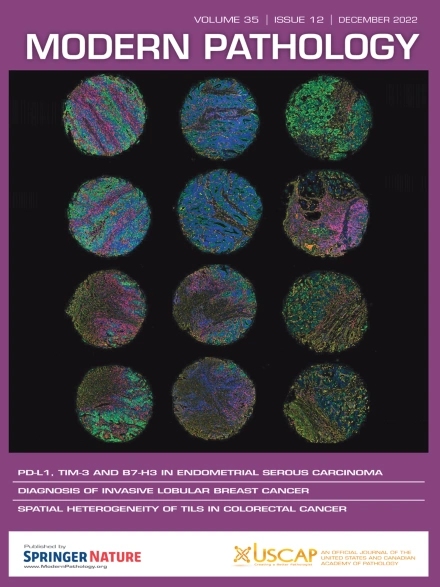生成式人工智能和非生成式预测分析的统计 医学中的机器学习。
IF 7.1
1区 医学
Q1 PATHOLOGY
引用次数: 0
摘要
人工智能(AI)和机器学习(ML)在医学领域的迅速发展,促使医学专业人员越来越熟悉相关主题。这也要求掌握支配其设计、验证和可重复性的基本统计学原理。与众不同的是,病理学和医学实践会产生大量可被人工智能/ML 利用的数据。生成式人工智能的出现,尤其是在大型语言模型和多模态框架领域,代表了开始改变医学的方法。从根本上说,生成式人工智能技术和传统的(如非生成式预测分析)人工智能技术都依赖于某些常见的统计量来发挥作用。然而,生成式人工智能所独有的指标,如但不限于plexity 和 BiLingual Evaluation Understudy (BLEU) score,提供了一种确定生成样本质量的方法,而这些样本通常是大多数医疗从业者所不熟悉的。与此相反,非生成式预测分析 ML 通常采用更熟悉的指标,这些指标是为特定任务量身定制的,如典型的分类(即混淆度量,如准确度、灵敏度、F1 分数、ROC-AUC 等)或回归研究(即均方根误差 [RMSE]、R 平方等)。为此,这篇综述文章(作为我们人工智能综述系列的第四部分)旨在概述和比较生成式人工智能和传统(即非生成式预测分析)ML 领域所采用的统计量和方法,以及它们的优势和已知局限性。通过了解它们的异同和各自的应用,我们将更好地管理这一变革性领域,最终使我们能够以更负责任和更科学合理的方式更好地应对当前和未来的需求与挑战。本文章由计算机程序翻译,如有差异,请以英文原文为准。
Statistics of Generative Artificial Intelligence and Nongenerative Predictive Analytics Machine Learning in Medicine
The rapidly evolving landscape of artificial intelligence (AI) and machine learning (ML) in medicine has prompted medical professionals to increasingly familiarize themselves with related topics. This also demands grasping the underlying statistical principles that govern their design, validation, and reproducibility. Uniquely, the practice of pathology and medicine produces vast amount of data that can be exploited by AI/ML. The emergence of generative AI, especially in the area of large language models and multimodal frameworks, represents approaches that are starting to transform medicine. Fundamentally, generative and traditional (eg, nongenerative predictive analytics) ML techniques rely on certain common statistical measures to function. However, unique to generative AI are metrics such as, but not limited to, perplexity and BiLingual Evaluation Understudy score that provide a means to determine the quality of generated samples that are typically unfamiliar to most medical practitioners. In contrast, nongenerative predictive analytics ML often uses more familiar metrics tailored to specific tasks as seen in the typical classification (ie, confusion metrics measures, such as accuracy, sensitivity, F1 score, and receiver operating characteristic area under the curve) or regression studies (ie, root mean square error and R2). To this end, the goal of this review article (as part 4 of our AI review series) is to provide an overview and a comparative measure of statistical measures and methodologies used in both generative AI and traditional (ie, nongenerative predictive analytics) ML fields along with their strengths and known limitations. By understanding their similarities and differences along with their respective applications, we will become better stewards of this transformative space, which ultimately enables us to better address our current and future needs and challenges in a more responsible and scientifically sound manner.
求助全文
通过发布文献求助,成功后即可免费获取论文全文。
去求助
来源期刊

Modern Pathology
医学-病理学
CiteScore
14.30
自引率
2.70%
发文量
174
审稿时长
18 days
期刊介绍:
Modern Pathology, an international journal under the ownership of The United States & Canadian Academy of Pathology (USCAP), serves as an authoritative platform for publishing top-tier clinical and translational research studies in pathology.
Original manuscripts are the primary focus of Modern Pathology, complemented by impactful editorials, reviews, and practice guidelines covering all facets of precision diagnostics in human pathology. The journal's scope includes advancements in molecular diagnostics and genomic classifications of diseases, breakthroughs in immune-oncology, computational science, applied bioinformatics, and digital pathology.
 求助内容:
求助内容: 应助结果提醒方式:
应助结果提醒方式:


